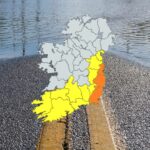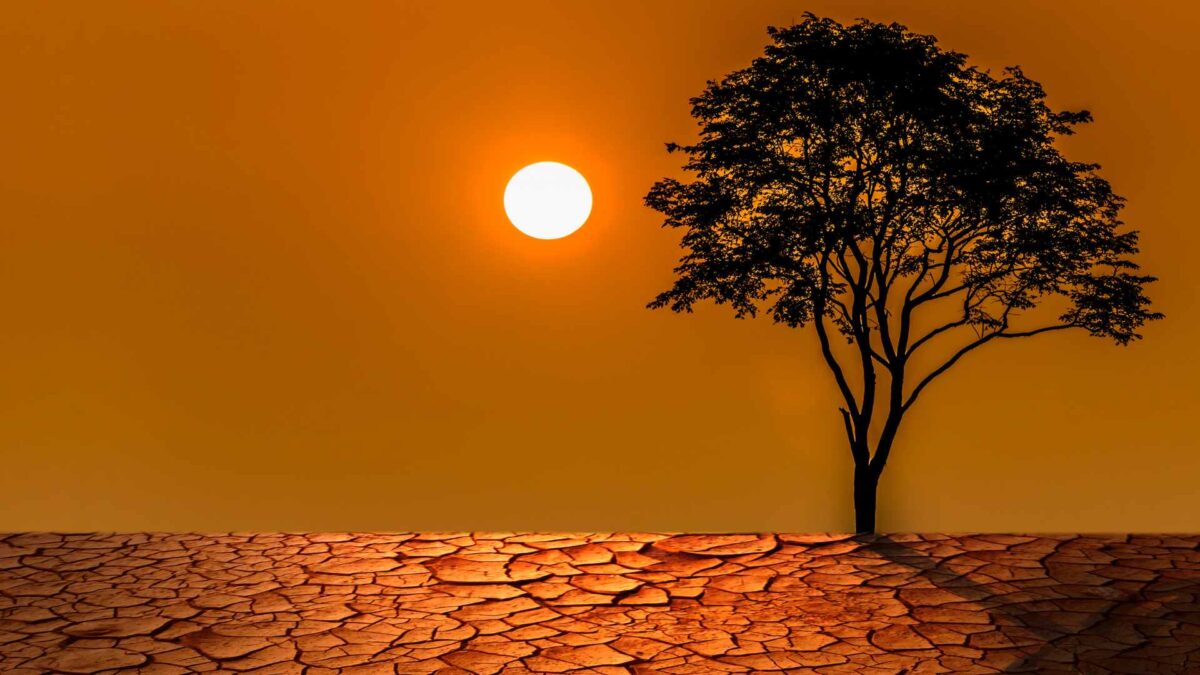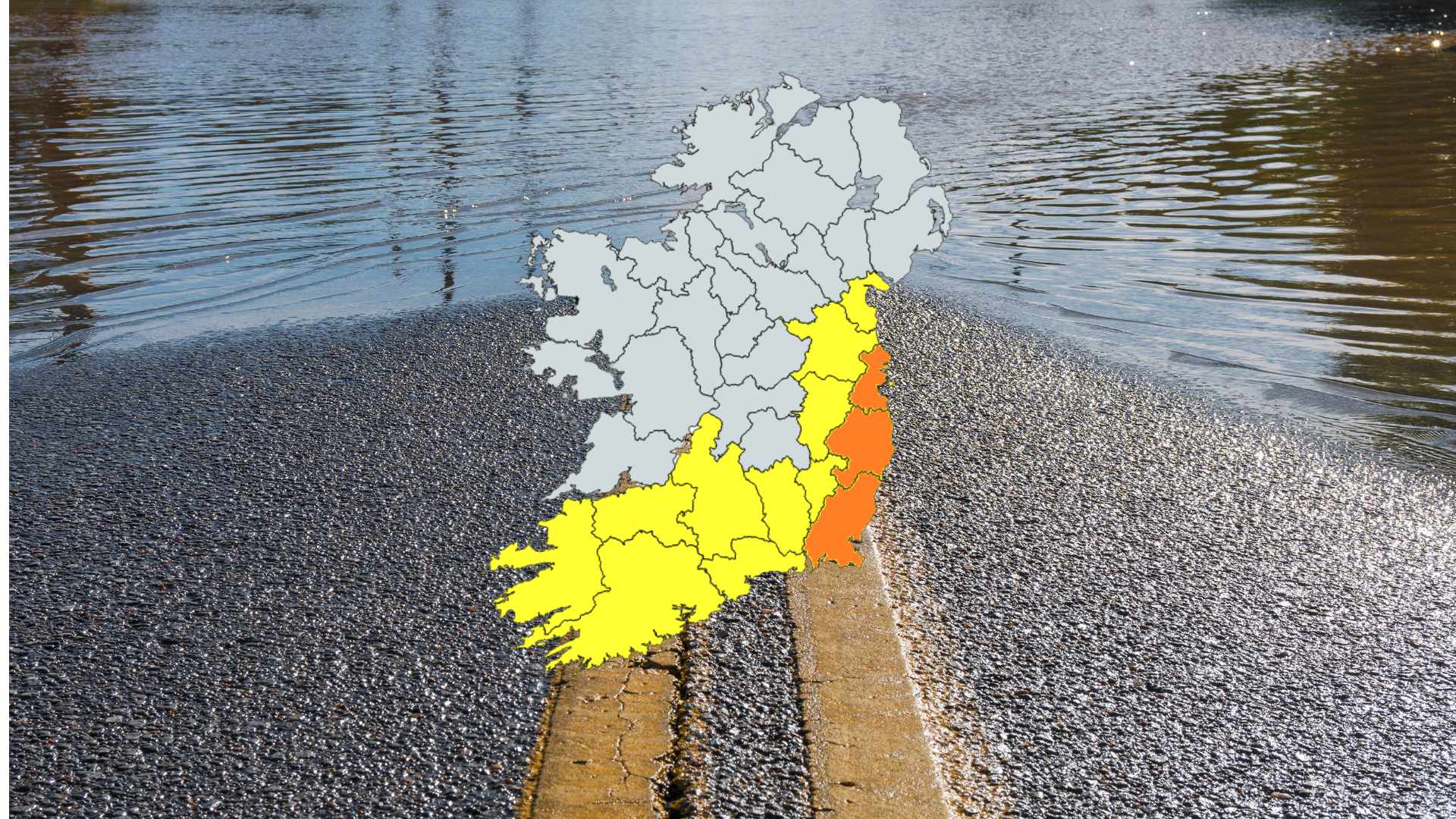
Global Water Cycle Swings Between Drought and Floods, WMO Warns

The world’s water cycle is becoming increasingly erratic, swinging between drought and deluge, according to the World Meteorological Organization’s 2024 State of Global Water Resources report.
Only a third of the planet’s river basins had normal conditions last year, marking the sixth consecutive year of imbalance.
Glaciers worldwide continued to shrink for a third straight year. In 2024, 450 gigatonnes of ice were lost, enough to raise sea levels by 1.2 millimetres and increase flooding risks for hundreds of millions of coastal residents. Many small glaciers are now approaching the peak water point, when meltwater runoff begins to decline.
Extreme events affected millions. Drought gripped the Amazon, southern Africa and parts of South America. Flooding hit West Africa, Central Europe and parts of Asia. In Africa’s tropical zone, unusually heavy rainfall displaced four million people and caused around 2,500 deaths. Europe saw its most extensive river flooding since 2013. Brazil faced simultaneous extremes with southern flooding killing 183 people and the Amazon drought affecting more than half the country.

Groundwater and reservoirs also showed stark contrasts. Only 38 per cent of monitored wells had normal levels. Over-extraction in some areas is reducing future water availability. Nearly all major lakes reported above-average temperatures, affecting water quality.
WMO Secretary-General Celeste Saulo said reliable data is vital. She said societies cannot manage water they do not measure and called for continued investment in monitoring and international data sharing to address growing water challenges.
The report highlights the need for better global collaboration and wider access to water data to understand and respond to the increasing extremes of the water cycle.
Share this WeathÉire story:







